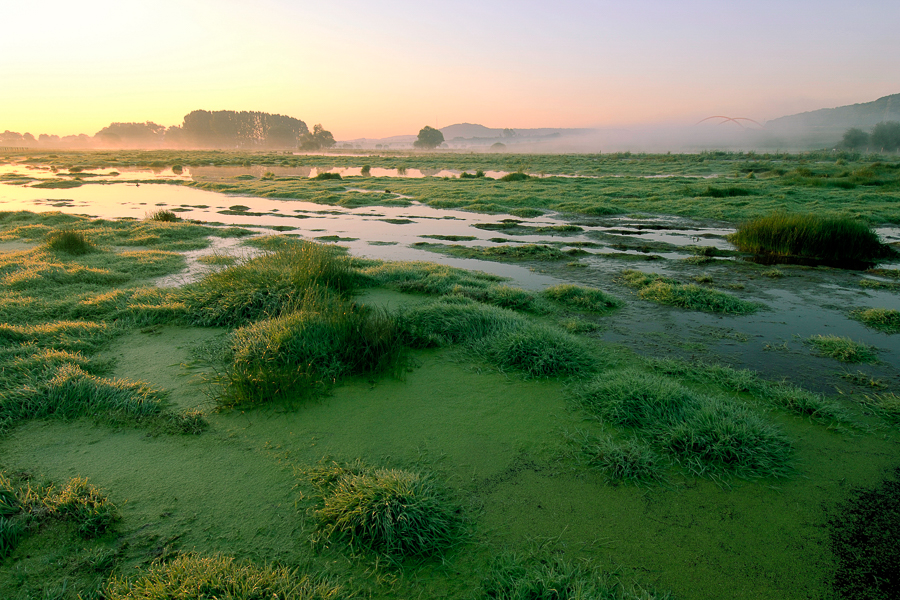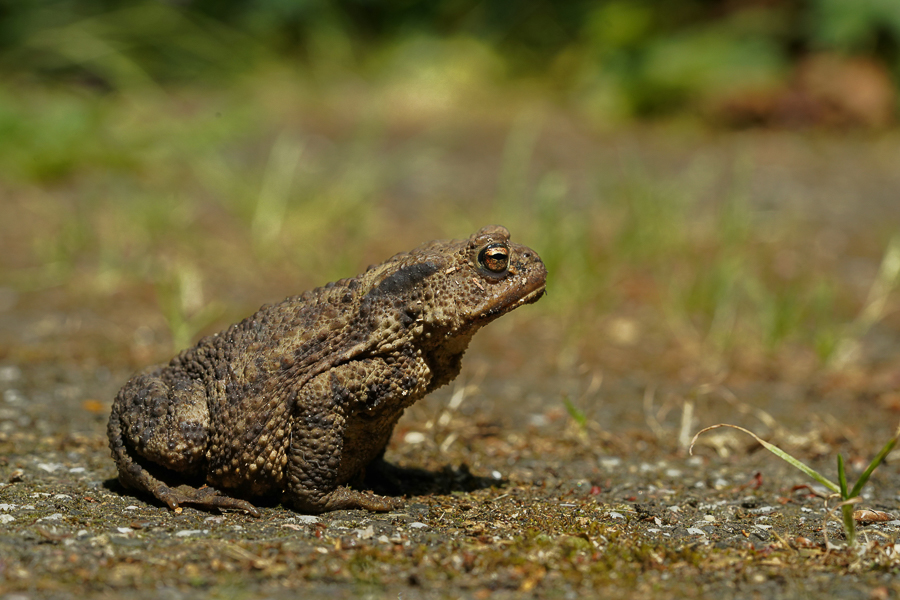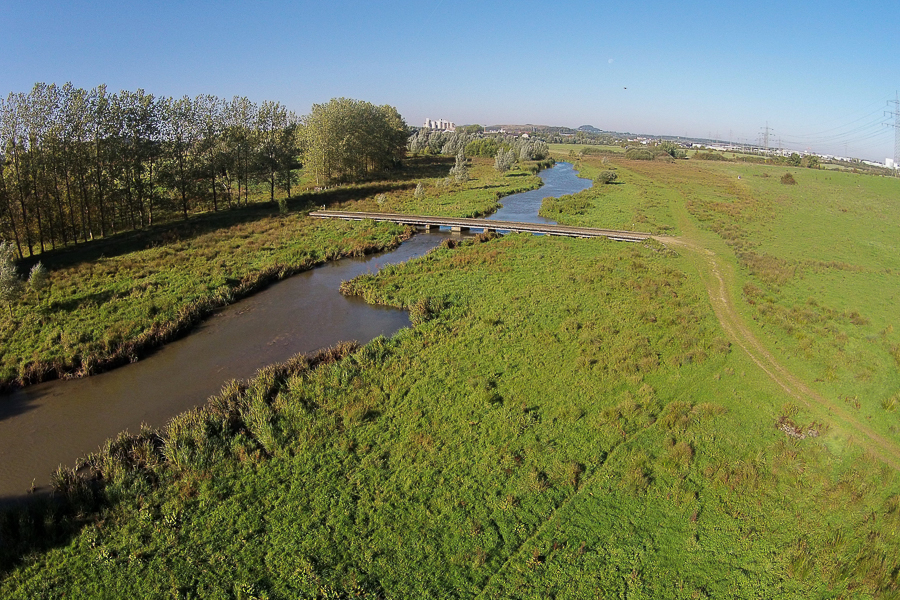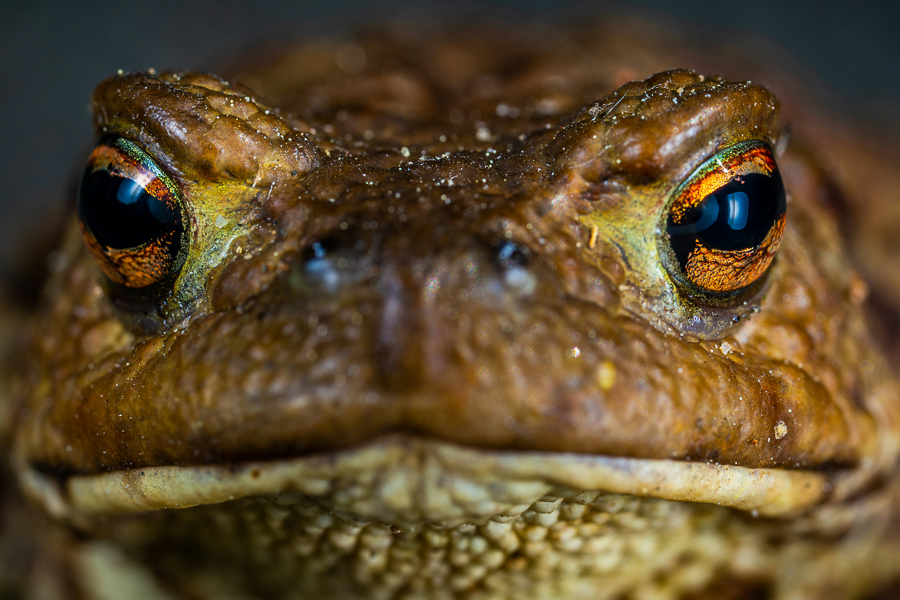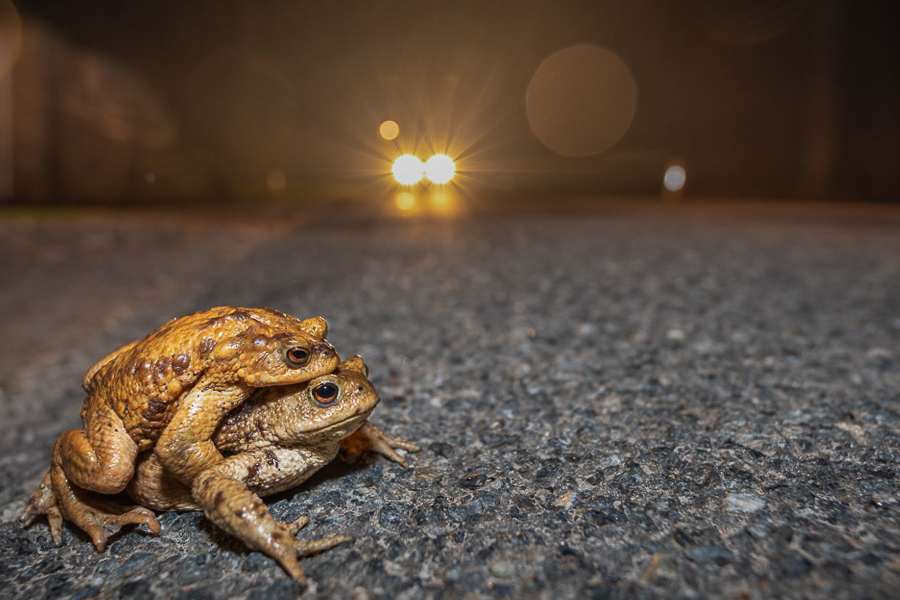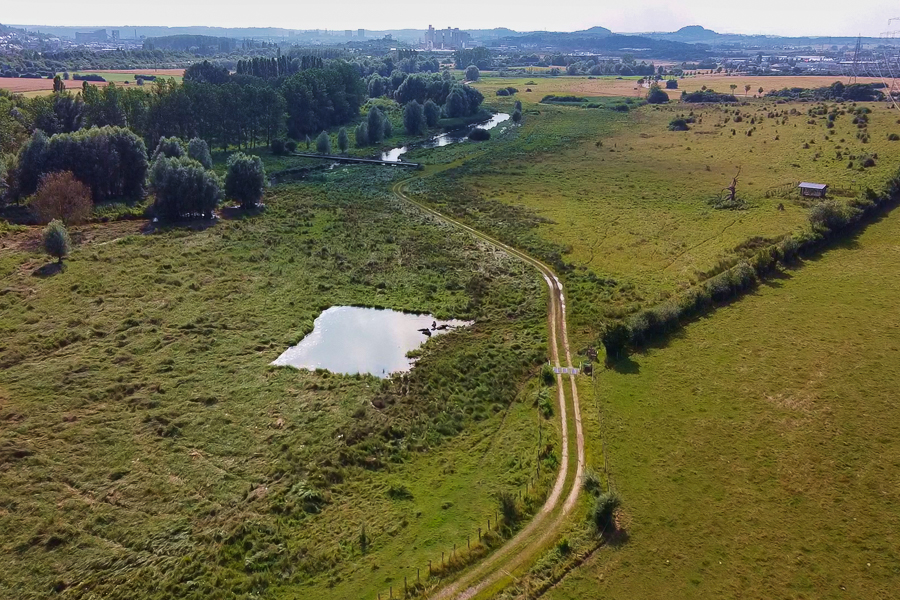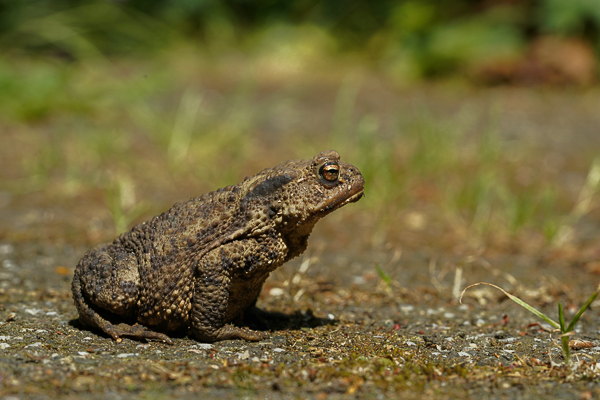 Credit: Cornelis Johannes Kees van Leeuwen
Credit: Cornelis Johannes Kees van Leeuwen
Luxembourg has what is known as a Temperate Climate in which winters are generally mild and summers comparatively cool, with rainfall that can be high; its flora and fauna have thrived in, and adapted to, this climate over the centuries and millennia, with ongoing challenges due to pollution and recent climate change, as well as the introduction of non-native species, resulting in disruptions to the norm.
Nevertheless, with various initiatives and organisations helping the ecosystem and habitat, including sustainability and re-wilding, there is a lot happening in nature across the Grand Duchy.
Chronicle.lu has teamed up with natur&emwelt (the non-profit organisation (naturemwelt), the foundation (Hëllef fir d'Natur) and the Wildlife Care Centre (Flegeestatioun)) for a series of articles on Luxembourg's fauna in which we look at various mammals, birds, insects, amphibians and aquatic animals, as well as touching on vanishing species returning to Luxembourg, focussing on their lifestyle and habitat, including when and where to observe them.
No.1 in this series focuses on the Common Toad.
Introduction
The often-overlooked common toad (Bufo bufo) is essential for ecosystems. At Dumontshaff, near Schifflange, this amphibian plays a key role in regulating invertebrate populations.
The common toad measures between 8 and 13 cm for males and up to 15 cm for females. Its stocky body is covered in rough, olive-brown skin, providing excellent camouflage. Its copper-coloured eyes with horizontal pupils offer excellent night vision. Its short but sturdy limbs allow it to move by hopping or walking slowly. Behind its head, two parotid glands secrete a toxic substance that deters predators.
Lifestyle
The common toad is primarily nocturnal and terrestrial. During the day it hides under stones, leaves or logs. This carnivore feeds on worms, insects and slugs, which it catches with its sticky tongue. It reproduces in spring when adults migrate en masse to water bodies to spawn. Females lay thousands of eggs in long strings, which hatch into tadpoles before metamorphosing. These discreet, solitary creatures only gather during the breeding season and play a crucial role in controlling invertebrate populations.
Habitat
The common toad thrives in various environments: forests, meadows, gardens and wetlands. It prefers areas near water bodies for reproduction but spends most of its life on land. At Dumontshaff, it can be found in wooded and damp meadows, benefiting from a preserved habitat. It likes to hide under leaf litter and loose soil or in naturally occurring crevices. Its remarkable adaptability allows it to survive even in man-made environments.
Where and When to Observe It
Dumontshaff Reserve is an ideal place to observe the common toad, especially in spring during its migration to ponds. At night, in humid weather, it becomes more active and easier to spot. In summer, it may sometimes be seen near water sources or along forest paths. Its tadpoles appear in ponds as early as April. To avoid disturbing it, natur&emwelt urges people to observe from a distance and refrain from handling (it).
Observation Tips
Spotting a common toad, is most likely when they are migrating, from February until March, during their breeding season, during which unfortunately many toads die on our roads every year. Choose damp rainy evenings and bring a head torch. Walk slowly and scan the ground carefully. Do not handle any animals and let them move freely in their natural habitat.
For further details, see https://www.naturemweltasbl.lu/

